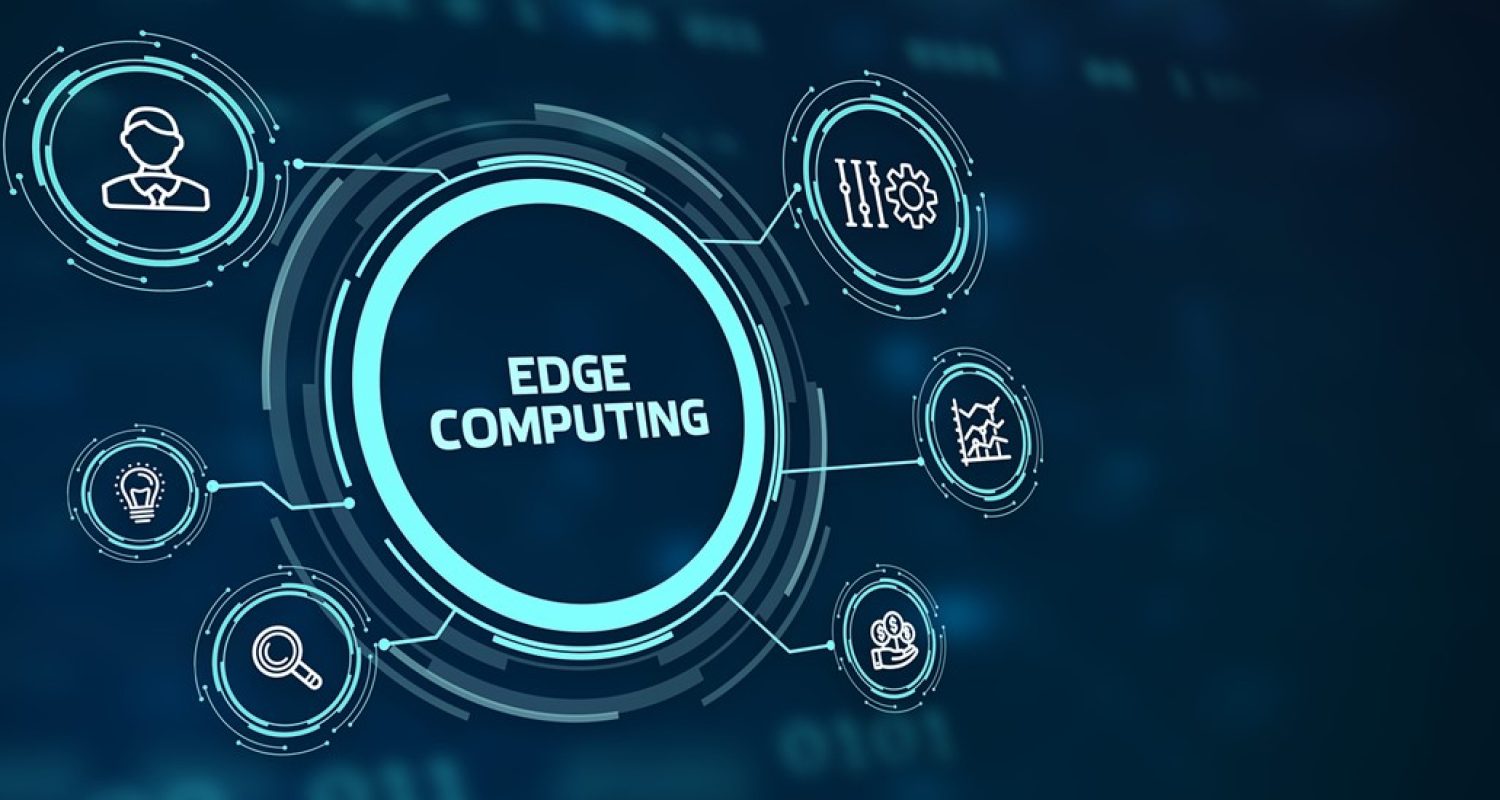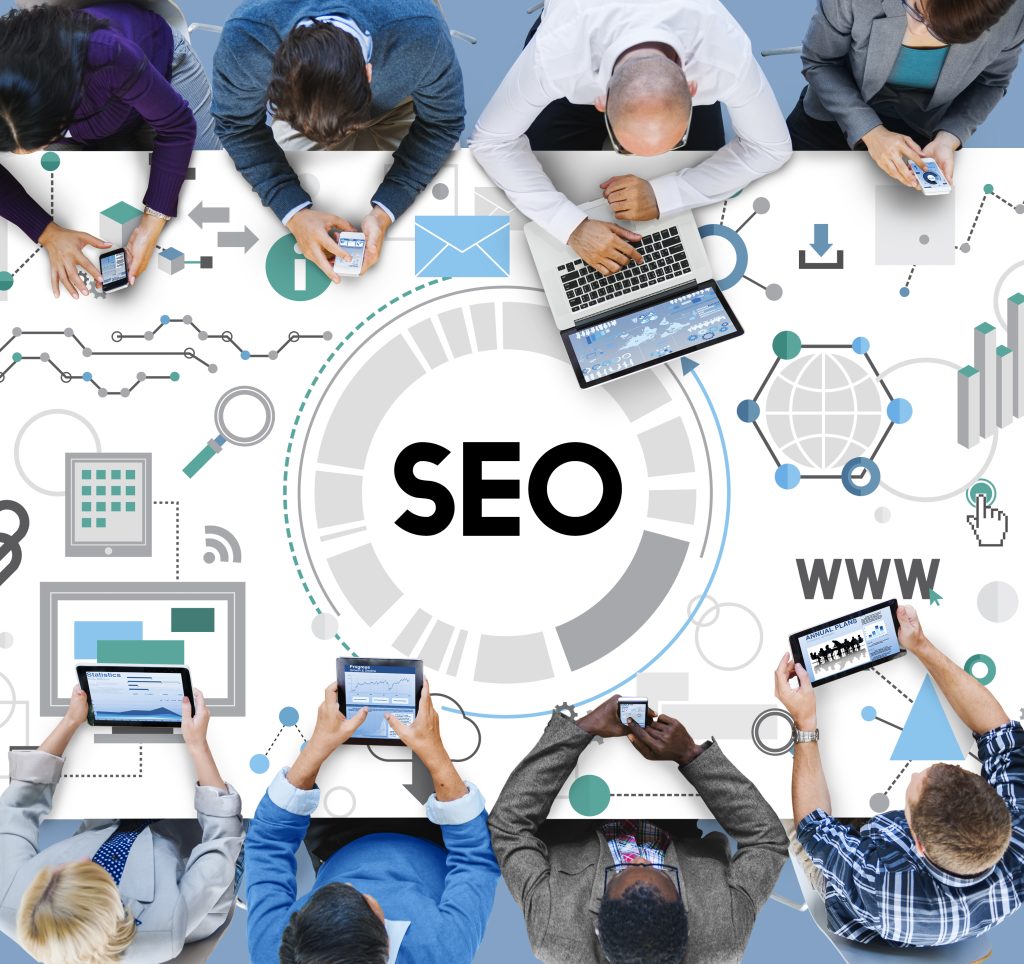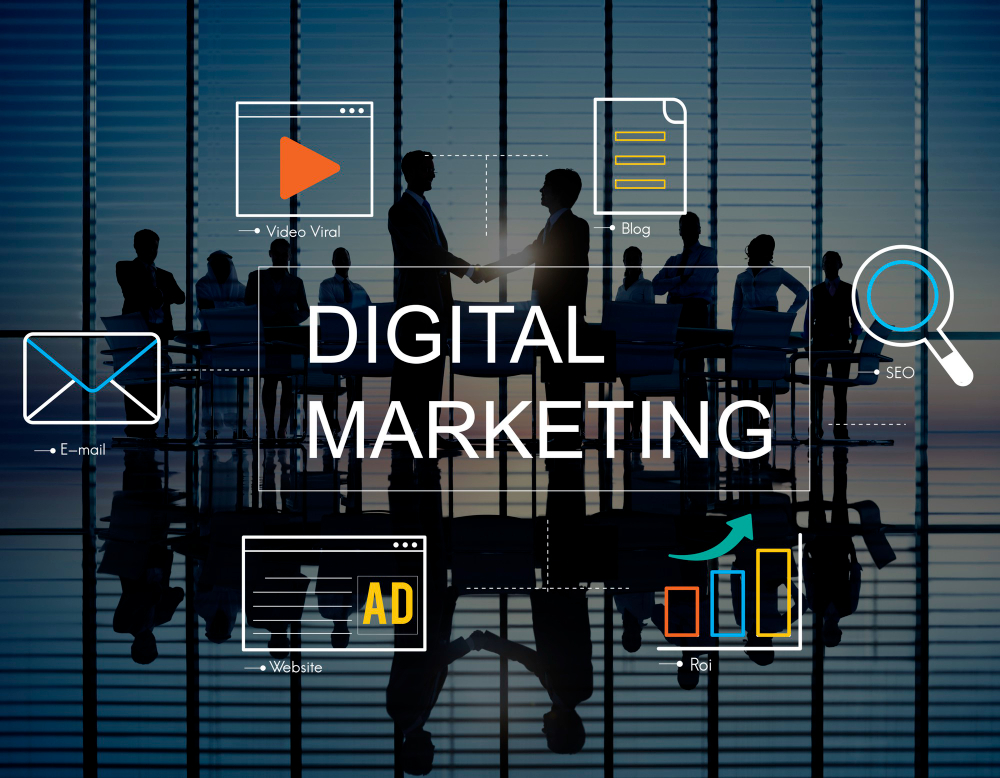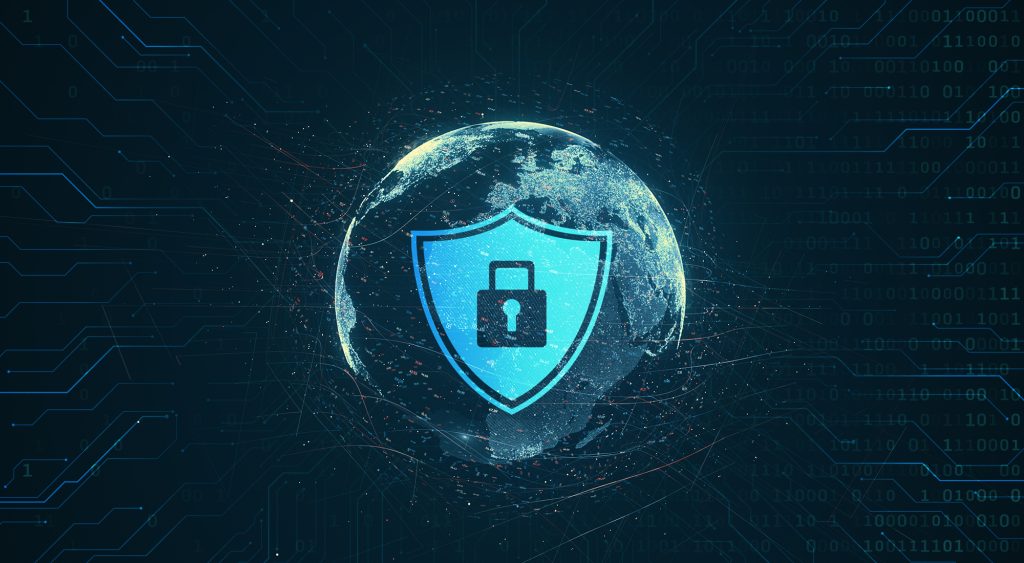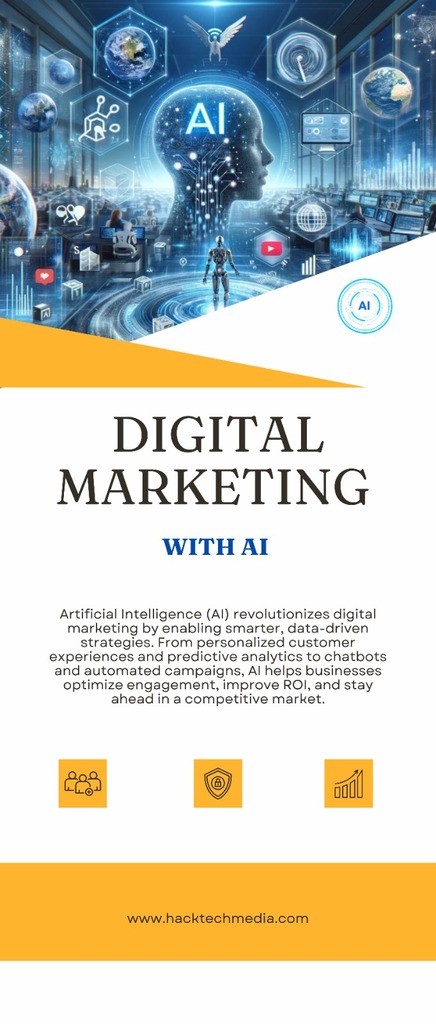
Introduction
With the rapid advancement in technology, businesses face the challenge of selecting the best infrastructure for managing data. Two prominent options stand out—Edge Computing and Cloud Computing. Both technologies offer unique advantages, but choosing the right one depends on several factors like latency, scalability, and cost. This blog post will break down the differences and help you make an informed decision.
What is Edge Computing?
Edge computing brings data storage and processing closer to the source, typically at or near the devices generating data. This reduces latency and improves response times. Instead of sending data to a centralized cloud server for processing, edge computing allows real-time analysis at local points, leading to quicker decision-making, especially in time-sensitive scenarios like autonomous vehicles and IoT (Internet of Things) devices.
What is Cloud Computing?
Cloud computing, on the other hand, refers to the delivery of computing services such as storage, databases, and software over the internet. Data is processed remotely in large data centers, allowing businesses to scale their infrastructure without managing physical hardware. The flexibility of cloud computing makes it ideal for companies looking for on-demand resources, remote access, and centralized data management.
Edge Computing vs. Cloud Computing: Key Differences
Latency and Performance
Edge computing is designed to minimize latency. Since data is processed closer to the source, it ensures rapid responses, making it suitable for applications requiring real-time data, like industrial automation and smart cities. Cloud computing, while powerful, may suffer from higher latency due to the time it takes to transmit data to and from centralized servers.
Scalability
Cloud computing excels in scalability, allowing businesses to scale up resources quickly and efficiently. Whether you need to increase storage, processing power, or databases, cloud solutions offer flexibility that edge computing can’t match. However, edge computing can complement this by handling local data processing.
Benefits of Edge Computing
Edge computing is essential for environments where latency is critical. By processing data locally, it allows for faster insights and decisions. Some key benefits include:
- Real-Time Processing: Ideal for applications where immediate data analysis is required.
- Improved Security: Data can be processed without being sent over networks, reducing exposure to external threats.
- Reduced Bandwidth Usage: By processing data locally, less data is sent to the cloud, saving bandwidth and lowering costs.
Advantages of Cloud Computing
Cloud computing offers several benefits for businesses looking for flexibility and efficiency:
- Scalability: Expand your infrastructure as needed without significant capital investment.
- Cost-Effectiveness: Pay for what you use with subscription-based models, saving on hardware and maintenance.
- Centralized Management: Manage your data, applications, and resources from one centralized platform accessible from anywhere.
Edge Computing Applications
Edge computing is ideal for specific real-time, data-heavy applications:
- IoT Devices: Wearables, smart home devices, and industrial sensors benefit from edge computing’s real-time processing.
- Autonomous Vehicles: These vehicles rely on rapid decision-making, where even milliseconds of delay can impact safety.
- Healthcare: Edge technology supports real-time patient monitoring, enabling quicker interventions.
Cloud Computing Use Cases
Cloud computing is highly versatile and can be applied in various scenarios:
- Enterprise Applications: Cloud computing supports large-scale data management and enterprise resource planning (ERP) systems.
- Software as a Service (SaaS): SaaS platforms run entirely on cloud infrastructure, offering flexibility and easy access.
- Big Data Analytics: Centralized cloud platforms enable powerful data analysis tools to process vast datasets.
Data Security in Cloud and Edge
Both cloud and edge computing present different security challenges. Cloud solutions often provide robust encryption and security protocols for protecting centralized data. However, data in transit can be vulnerable. Edge computing, by processing data locally, minimizes the need to transmit sensitive information, reducing potential attack vectors. That said, securing a vast network of edge devices can be challenging.
Cost Comparison: Which is More Economical?
When comparing edge vs. cloud computing costs, the right choice depends on the use case. Cloud computing offers a lower upfront investment since there’s no need for physical infrastructure. However, the ongoing subscription and data transfer fees can add up over time. Edge computing may require a higher initial investment in hardware, but it reduces long-term data transfer and cloud storage costs, especially for applications that generate massive amounts of data.
Hybrid Computing Solutions
Hybrid computing solutions combine the best of both worlds, allowing businesses to use cloud computing for general processing and storage while leveraging edge computing for real-time data needs. This approach provides flexibility and can help optimize both performance and cost.
The Future of Computing: What Lies Ahead?
As the demand for real-time processing continues to grow, edge computing will likely expand, especially in industries like autonomous transportation, healthcare, and IoT. Cloud computing, meanwhile, will continue to evolve, offering enhanced scalability, machine learning capabilities, and better integration with edge technologies. In the future, hybrid models that combine edge and cloud computing will become more prevalent.
Choosing the Right Technology for Your Business

When deciding between edge and cloud computing, it’s essential to assess your business’s specific needs. If your operations rely on real-time data processing, edge computing is the way to go. On the other hand, if scalability, flexibility, and cost-effectiveness are your top priorities, cloud computing is the better choice. Many businesses will find that a hybrid approach offers the best of both worlds, ensuring optimized performance and cost.
That concludes the detailed comparison between Edge Computing and Cloud Computing, along with the key factors to help you make an informed decision. To summarize the main points:
- Edge Computing is ideal for applications where real-time data processing is crucial, reducing latency and allowing quicker decision-making by processing data close to its source. It works well in industries such as IoT, autonomous vehicles, healthcare, and smart cities where split-second responses are required.
- Cloud Computing stands out with its scalability, cost-effectiveness, and ease of access. It is a flexible solution that suits businesses looking to scale infrastructure without worrying about physical hardware. It’s a top choice for enterprises managing vast amounts of data, supporting remote workforces, and relying on big data analytics.
- The choice between edge and cloud often comes down to latency needs, scalability, budget constraints, and specific use cases. However, a hybrid approach that integrates both edge and cloud technologies is becoming increasingly popular, as it allows businesses to enjoy the strengths of both systems. By blending real-time data processing with cloud scalability, hybrid computing can cater to diverse needs across different industries.
Next Steps for Businesses
For businesses exploring these technologies, the best course of action is to:
- Analyze current workflows: Determine if your operations require real-time processing or large-scale data storage.
- Consider future growth: Will your business need rapid scalability or increased processing power in the future?
- Assess security needs: Ensure that your chosen solution offers robust security features for your data, whether processed locally or in the cloud.
- Explore hybrid possibilities: If your needs span across multiple areas, a hybrid computing solution could be the most versatile option.
Technology is ever-evolving, and by staying informed on the latest advancements, businesses can continuously optimize their operations with the right combination of edge and cloud computing.
Further Reading:
- The Future of Edge Computing in Industry 4.0
- Cloud Computing Security Trends for 2025
- Hybrid Computing Solutions: What You Need to Know
Key Takeaways:
- Edge Computing shines when low latency and real-time processing are essential. Applications such as autonomous vehicles, smart cities, IoT devices, and healthcare monitoring systems greatly benefit from edge solutions because they allow immediate data analysis and quick decision-making, without relying on distant cloud servers.
- Cloud Computing is unparalleled in terms of scalability, resource flexibility, and cost management. It enables businesses to scale operations quickly, leverage vast computational power, and access data from anywhere in the world. Cloud platforms also make it easier to manage large volumes of data, particularly in big data analytics, software development, and enterprise applications.
- The decision between edge and cloud depends on your business’s specific needs. If you require real-time feedback and reduced latency, edge computing is the better choice. However, if you need global accessibility, cost savings, and the ability to scale, cloud computing offers more flexibility.
- Many companies will find that hybrid computing—which combines the strengths of both edge and cloud—delivers the best results. This approach allows businesses to process time-sensitive data locally using edge computing, while using the cloud for less critical tasks like data storage, analytics, and broader network management.
Future Outlook
As technologies like 5G, AI, and the Internet of Things continue to evolve, both edge and cloud computing will undergo significant advancements. 5G networks will further reduce latency, making edge computing even more powerful for real-time applications. Meanwhile, AI and machine learning models in cloud computing will enable businesses to analyze large datasets with more precision, offering deeper insights.
The future of computing will likely see increased use of hybrid models, where AI-driven edge devices and cloud platforms work seamlessly together. In industries like manufacturing, healthcare, and transportation, these integrated solutions will provide real-time intelligence, enhance automation, and improve operational efficiency.
Final Recommendations
When choosing between Edge Computing vs. Cloud Computing, businesses should:
- Evaluate specific operational needs: If speed and local processing are critical, lean towards edge computing.
- Consider long-term scalability: If your business is set for growth, cloud computing offers unmatched scalability.
- Explore hybrid solutions: Combining both technologies could offer the flexibility and performance your business requires.
- Stay informed on technological advancements: Keep up-to-date with industry trends, as computing technologies continue to develop rapidly, influencing your infrastructure decisions.
Conclusion
In today’s fast-paced digital world, businesses must choose the right computing model to meet their specific needs. Both Edge Computing and Cloud Computing offer distinct advantages, and understanding the key differences between them is crucial for making an informed decision. Edge computing excels in real-time data processing and latency-sensitive applications, making it ideal for industries like IoT, autonomous vehicles, and healthcare. On the other hand, cloud computing provides unmatched scalability, cost-efficiency, and centralized management, which are highly beneficial for enterprises managing large-scale data, applications, and infrastructure.
For businesses that require both high performance and scalability, hybrid computing solutions offer a balanced approach, allowing them to harness the power of cloud computing while benefiting from the real-time advantages of edge computing.
Ultimately, the right choice between edge and cloud computing depends on factors such as your industry, operational requirements, data sensitivity, and budget. As computing technology evolves, the future will likely bring more innovative solutions that blend the best of both worlds, ensuring businesses stay competitive and efficient.
Final Thoughts on Choosing Edge or Cloud Computing
When weighing your options, it’s essential to:
- Consider latency requirements: If real-time data processing is critical, edge computing is likely your best bet.
- Think about scalability: Cloud computing offers unparalleled flexibility for businesses that need to scale up or down quickly.
- Evaluate costs: Look at both the short-term and long-term costs of each solution. Edge computing may require a larger initial investment, while cloud computing is typically more budget-friendly in the early stages.
- Explore hybrid solutions: A combination of both edge and cloud can give you the flexibility and performance needed to handle diverse computing workloads.
By taking these factors into account, businesses can make informed decisions and choose the technology solution that aligns with their goals and operational needs.
Written By – Seema Kanojiya

